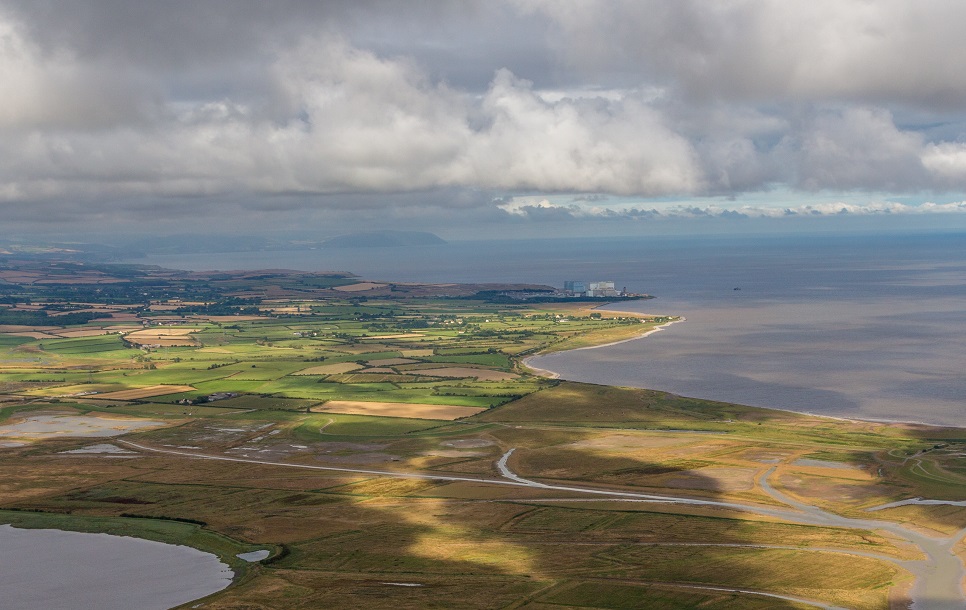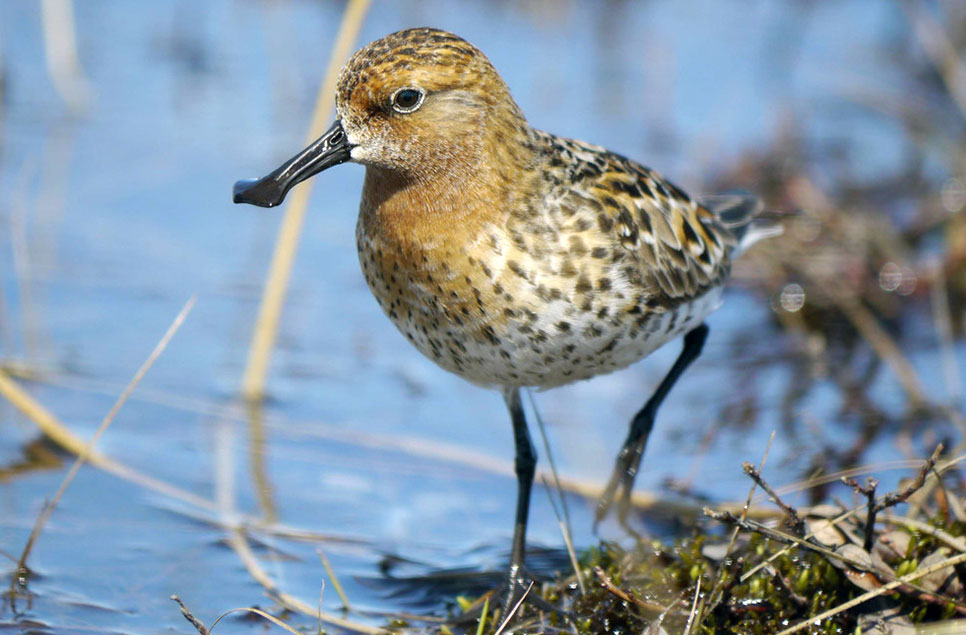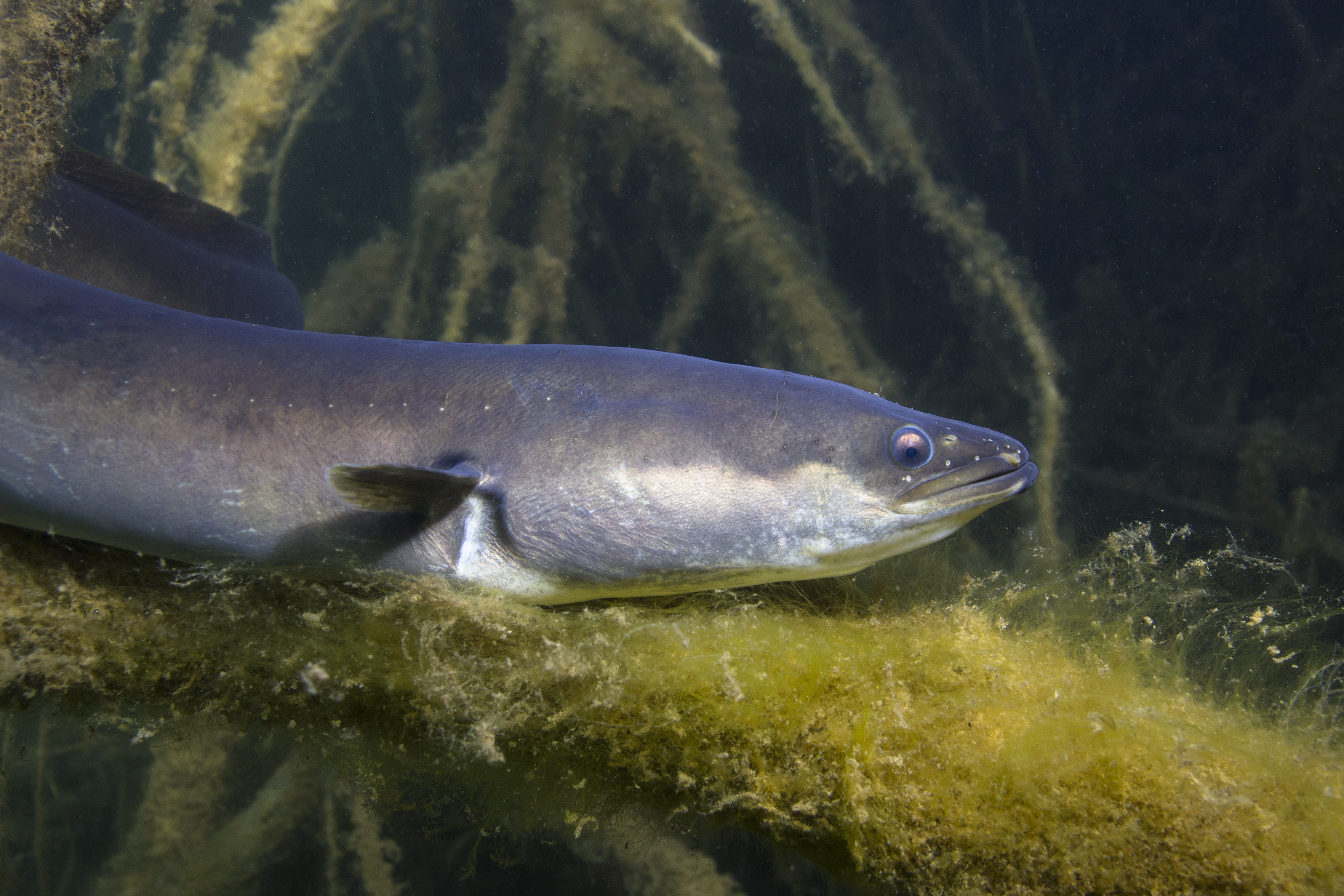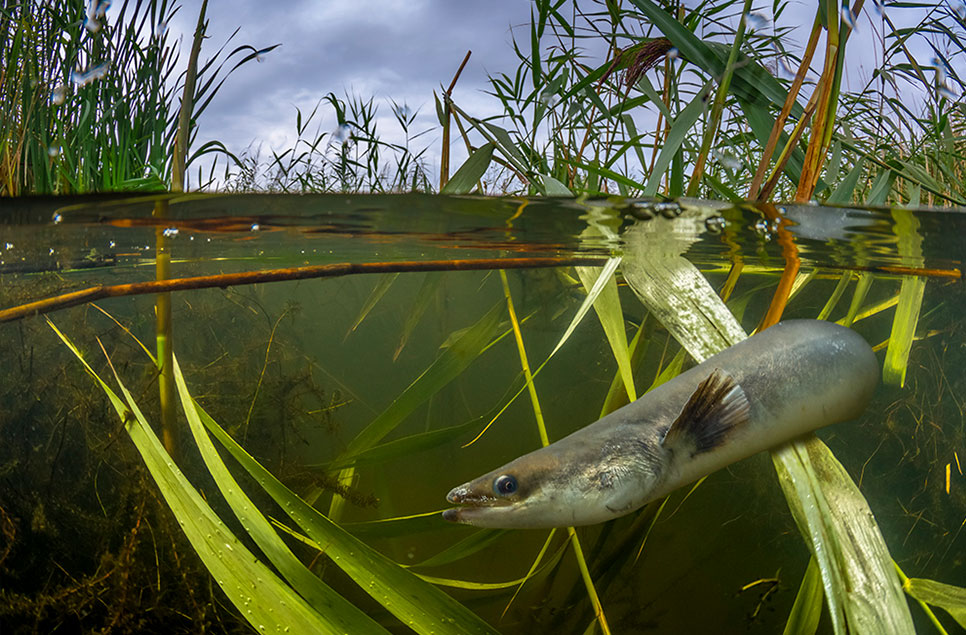Blog

Giant plughole poses serious threat to sea life in the UK's largest estuary
Up to half a million fish each day will be sucked into Hinkley Point C nuclear power station if it is allowed to install a “giant plughole” in one of the UK’s heaviest protected marine areas, the Severn Estuary.
22 July 2019

What is the IUCN Red List, and how is it used to track biodiversity loss?
The IUCN Red List is the most well-known assessment of species populations worldwide. It consists of nine threat categories. The latest assessment from the IUCN Red List in 2019 shows that more than 28,000 species are threatened with extinction.
19 July 2019

Freedom for fish in the Severn Vale after old waterways restored as part of 1.3m project
Struggling salmon, and a wide range of other fish species, will now have improved passage along the River Frome following the rewetting of an old channel at Bond’s Mill in Stonehouse, Gloucestershire.
8 July 2019

Why the once common European eel is now Critically Endangered (and what can be done about it)
Author and marine biologist Helen Scales explores the plight of the European eel, once so numerous but now critically endangered. WWT conservationists have come up with a few solutions to give eels a helping hand
14 June 2019

Spotlight on: the European otter (and how to see them in the wild)
Otters are secretive, fascinating and adorable creatures, but why do we never see them? Find out more about otters, where otters live in the UK and what to do for the best chance of seeing them in the wild.
24 May 2019

The chips are down! Miracle birds hatched from ‘muddy potato’ eggs return thousands of miles to rearing site
Rare black-tailed godwits hand-reared at WWT Welney after their eggs were freed from muddy farmland have flown thousands of miles home for summer.
23 May 2019

Water voles vs. rats: how to tell the difference
Have you ever seen a small furry body swimming along, and not been sure if it's a water vole or a rat? This quick guide highlights the key differences between the species.
22 May 2019

How different birds build their nests and rear their young
A guide to how the different groups of bird species make their nests in wetlands, what their chicks and eggs look like, and the parenting challenges they face. Each group has different adaptations to give their young the best chance.
10 May 2019

The facts about biodiversity loss: 6 key insights from the 2019 UN IPBES report
In a comprehensive and shocking global report, the IPBES have published landmark findings that show biodiversity in wetlands and other habitats around the world is in freefall. We examine what the report tells us, and what can be done.
7 May 2019

Slough residents turn animal detectives to save local stream
Local volunteers from Slough have been trained to identify river-residents to monitor pollution in the Salt Hill Stream by WWT experts.
16 April 2019

10 ways to add water to your garden that wildlife will love
When it comes to supporting nature, wildlife gardens are a good place to start. By creating ponds and wetland areas in our gardens - no matter how small – you'll attract wildlife like dragonflies, amphibians and birds.
16 April 2019

Our Planet - a wildlife series with a difference?
Biodiversity loss has long been the poor cousin of climate change. Does the launch of Our Planet, a new flagship wildlife series by Netflix, succeed in highlighting the problem?
2 April 2019

Nature springs into action early as unseasonal temperatures soar
Impatient spring weather has played havoc with the routines of our wetland wildlife. Our wintering visitors have all but left for their breeding grounds and some of our summer residents have already popped up in their place. What is going on?
5 March 2019

Fish and chips: Eels microchipped to track species on the brink
Wild eels are being microchipped, similar to the way people microchip their pets, in an attempt by conservationists from WWT to better understand their activity. The study at Slimbridge in South Gloucester will allow scientists to monitor how eels are
27 September 2018

The Comeback Crane
A total of three young cranes have been raised at a nature reserve in Gloucestershire marking the most successful so year of an ambitious re-introduction project. The youngsters have been practicing flying at WWT Slimbridge where 93 cranes were hand-re
30 August 2018